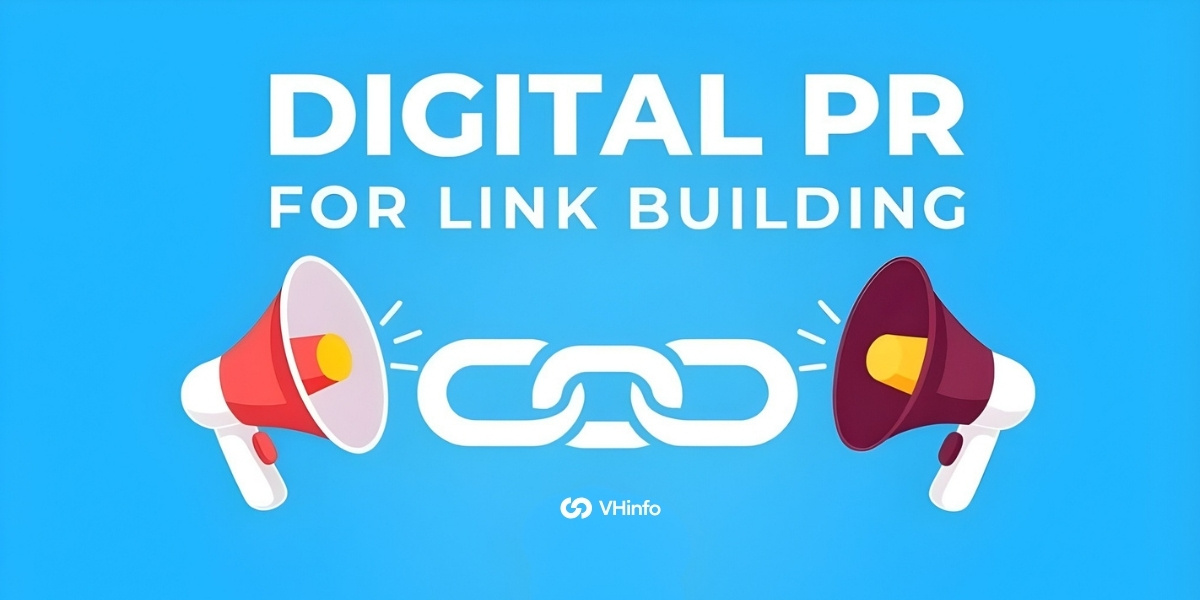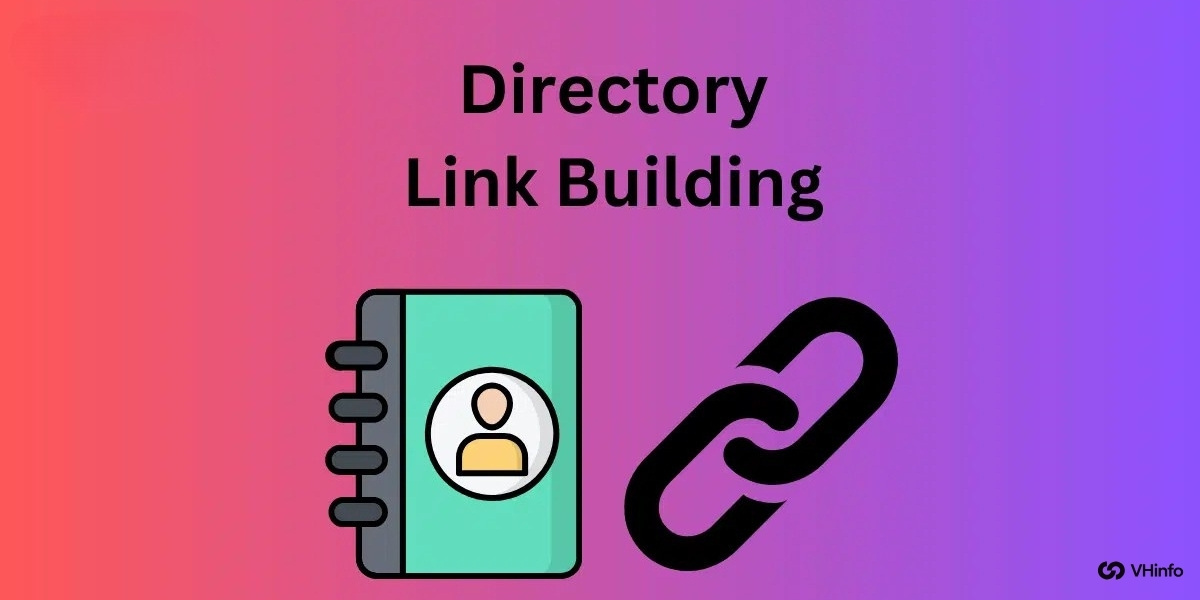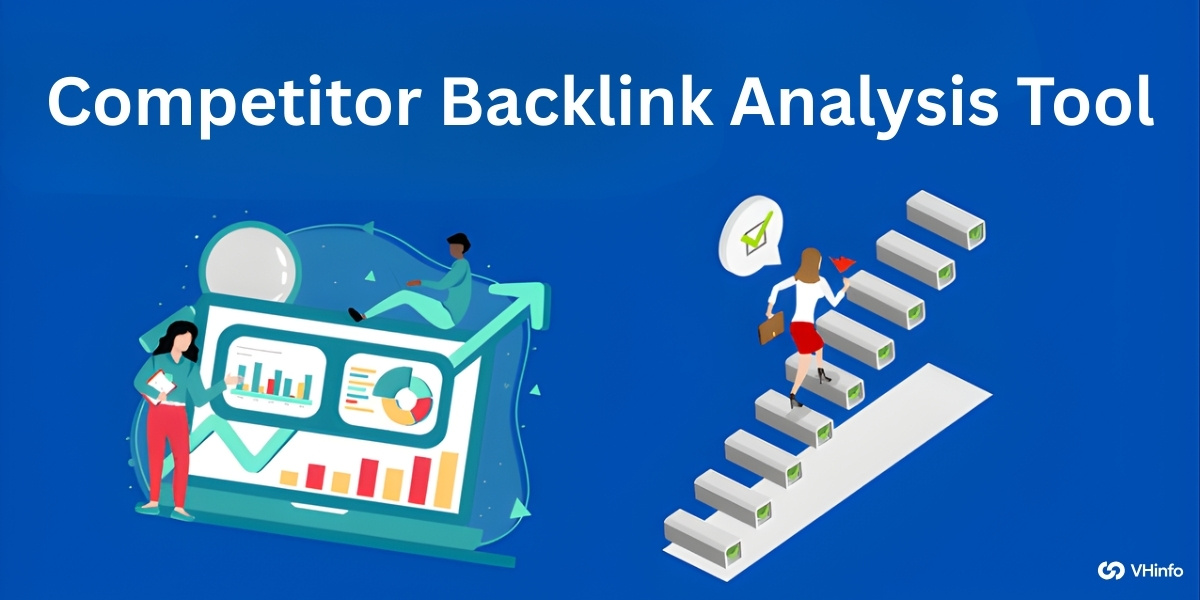In the fast-paced world of digital marketing, staying ahead of the competition is important. One powerful strategy that has gained traction in recent years is programmatic SEO.
At VH-info, we specialize in helping SaaS companies harness the power of programmatic SEO to drive organic traffic and boost their online visibility. In this comprehensive guide, we’ll dive deep into what programmatic SEO is, its benefits, and how you can implement it effectively.
What is Programmatic SEO?
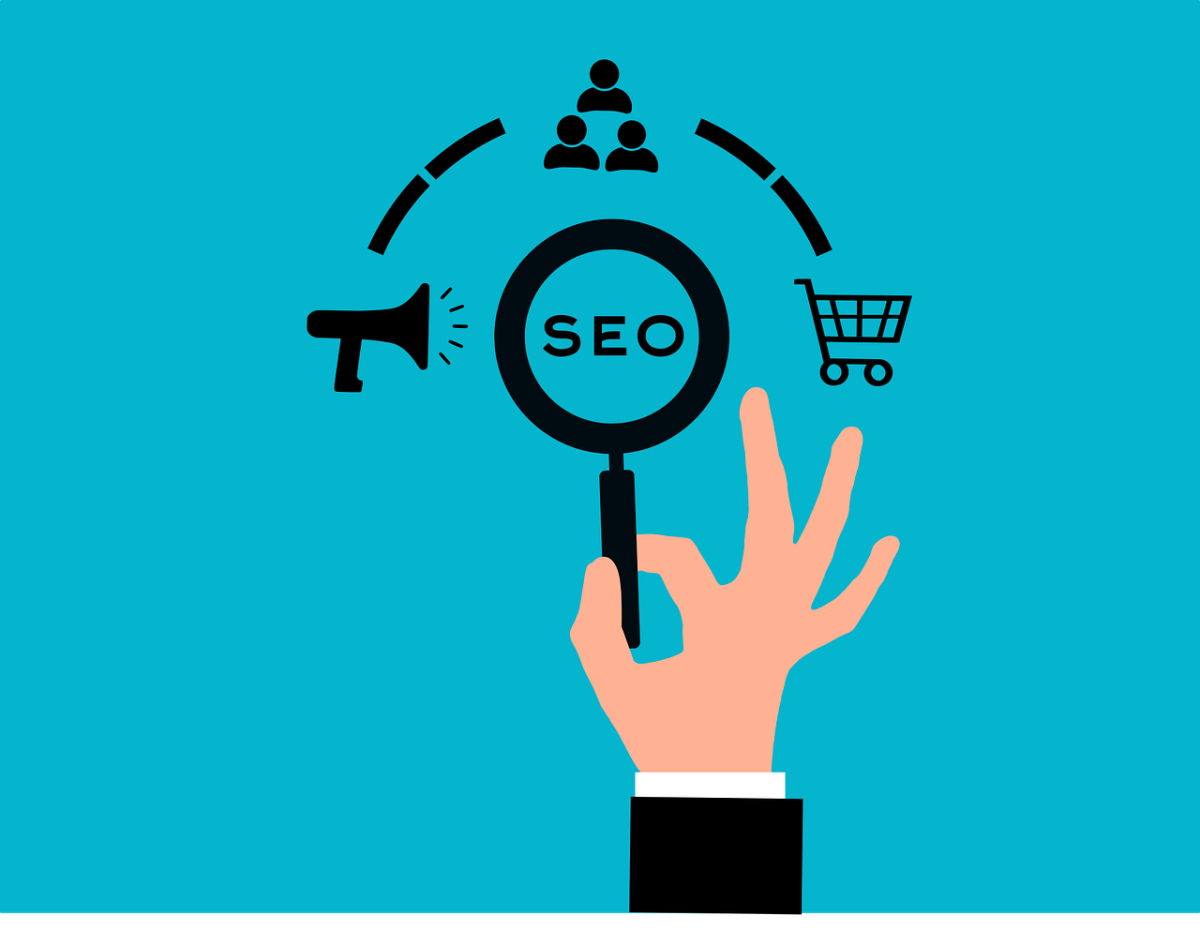
Programmatic SEO is a strategic approach to search engine optimization that involves creating a large number of web pages at scale using automated tools and templates. The goal is to target specific keywords and search queries to attract organic traffic from search engines like Google. By leveraging data points and unique content, programmatic SEO enables businesses to reach their target audience more effectively.
What Makes Programmatic SEO So Important?
In today’s competitive digital landscape, programmatic SEO has become a game-changer for several reasons:
- Scalability: Programmatic SEO allows businesses to create hundreds or even thousands of unique landing pages efficiently, saving time and resources.
- Targeted traffic: By focusing on specific keywords and search intent, programmatic SEO helps attract highly relevant traffic to your website.
- Improved search engine rankings: With a well-executed programmatic SEO strategy, your website can rank higher in search results for targeted queries, leading to increased organic traffic.
Who Can Benefit From Programmatic SEO?
Programmatic SEO is particularly beneficial for businesses that have a large inventory of products, services, or content.
Some industries that can greatly benefit from this approach include:
- E-commerce websites with numerous product pages
- Travel and hospitality businesses with multiple destinations or properties
- Real estate websites with listings in various locations
- Content-rich websites like news portals or blog networks
Pros and Cons of Programmatic SEO

Like any content marketing strategy, programmatic SEO has its advantages and disadvantages. Let’s take a closer look:
Pros:
- Ability to target long-tail keywords and specific search queries
- Increased organic traffic and improved search engine rankings
- Efficient creation of unique content at scale
- Cost-effective compared to manual content creation
Cons:
- Requires technical expertise and specialized tools
- Potential for duplicate content if not implemented properly
- Risk of keyword cannibalization if not carefully planned
- May require ongoing maintenance and updates
What is The Difference Between Programmatic SEO and Regular SEO?
While both programmatic SEO and regular SEO aim to improve a website’s visibility in search results, there are some key differences:
- Scale: Programmatic SEO focuses on creating a large number of pages, while regular SEO typically involves optimizing existing pages or creating a smaller number of high-quality pages.
- Automation: Programmatic SEO relies heavily on automated tools and templates, whereas regular SEO often involves manual optimization and content creation.
- Keyword targeting: Programmatic SEO targets specific, long-tail keywords, while regular SEO may focus on broader, more competitive keywords.
The Three Pillars of Programmatic SEO
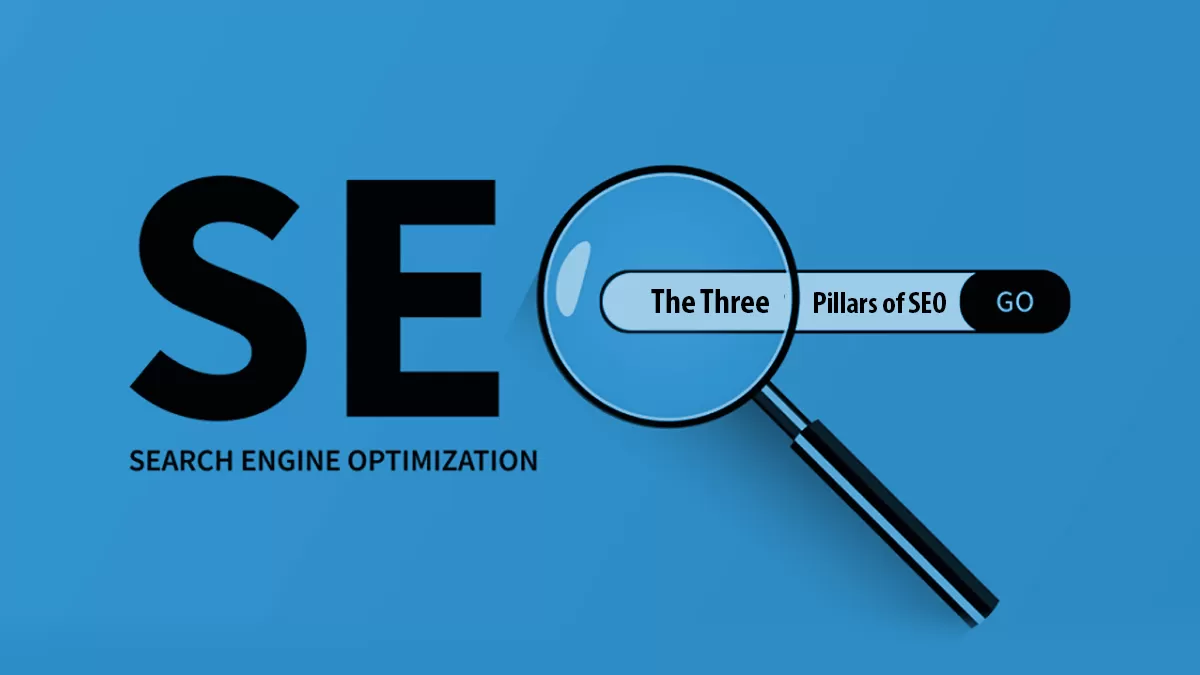
To succeed with programmatic SEO, it’s essential to understand its three key pillars:
- Low-Competition Keywords: Identifying and targeting low-competition keywords is important for programmatic SEO success. These are long-tail keywords with lower search volume but higher relevance to your target audience. By focusing on these keywords, you can attract qualified traffic and improve your search engine rankings.
- Search Intent: Understanding the search intent behind your target keywords is vital for creating content that resonates with your audience. Search intent refers to the reason behind a user’s search query, such as informational, navigational, or transactional. By aligning your content with the appropriate search intent, using primary modifiers like “best” or “top” to reflect the intent, and utilizing tools like Google Trends and Keyword Generator, you can provide a better user experience and increase engagement.
- User Experience (UX): Providing a seamless user experience is essential for programmatic SEO success. This includes factors like page load speed, mobile-friendliness, and easy navigation. By prioritizing UX, you can keep visitors engaged, reduce bounce rates, and improve your search engine rankings.
How to Create Programmatic SEO Pages?
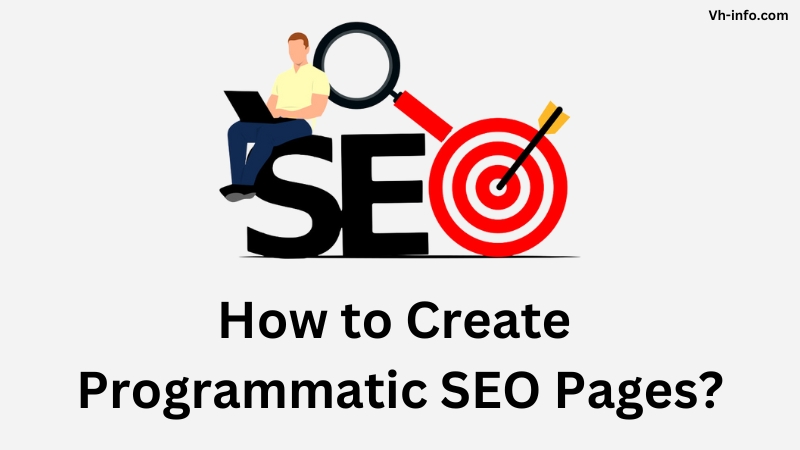
Creating programmatic SEO pages involves several key steps:
Step 1: Keyword Research and Content Planning
Start by conducting thorough keyword research to identify relevant, low-competition keywords. Use tools like Google Keyword Planner, SEMrush, or Ahrefs to find keyword opportunities. Once you have a list of target keywords, plan your content structure and topics.
Step 2: Design Your Page Template
Create a template for your programmatic SEO pages that includes essential elements like headers, meta tags, and content placeholders. Ensure that the template is optimized for search engines and provides a great user experience.
Step 3: Identify and Collect Your Data Sources
Gather the necessary data points to populate your programmatic SEO pages. This could include product information, location details, or unique content related to your target keywords.
Step 4: Build the Database With Content and Labels
Organize your data into a structured database, assigning appropriate labels and categories. This will make it easier to populate your page templates with the relevant information.
Step 5: Build the CMS Collection and Page Template
Set up your content management system (CMS) to handle the programmatic SEO pages. Create a collection or content type specifically for these pages and integrate your page template.
Step 6: Connect the Database to the Website
Link your database to your CMS, ensuring that the data flows seamlessly into the page templates. Use automation tools or plugins like WP All Import to streamline this process.
Step 7: Test the Site and Make Adjustments if Required
Before launching your programmatic SEO pages, thoroughly test the site for any errors or inconsistencies. Make necessary adjustments to ensure that the pages are optimized and provide a great user experience.
How To Do Programmatic SEO?
Implementing programmatic SEO involves a strategic approach that combines keyword research, content creation, and technical optimization. Here are some key steps to follow:
- Identify your target audience and their search intent
- Conduct extensive keyword research to find low-competition, long-tail keywords
- Create a content plan and page templates that align with your target keywords and search intent
- Build a structured database with unique data points and content
- Integrate your database with your CMS and automate the page creation process
- Optimize your programmatic SEO pages for search engines and user experience
- Monitor your search engine rankings and traffic, making adjustments as needed
The Role of AI and Automation in Programmatic SEO

Artificial intelligence (AI) and automation play a significant role in programmatic SEO. AI-powered tools can help with keyword research, content optimization, and data analysis. Automation tools streamline the process of creating and managing programmatic SEO pages at scale. By leveraging AI and automation, businesses can save time, reduce errors, and improve the overall efficiency of their programmatic SEO efforts.
Steps to Implement a Programmatic SEO Strategy
Implementing a successful programmatic SEO strategy involves several key steps:
- Research Your Niche and Competitors: Start by analyzing your niche and identifying your main competitors. Study their programmatic SEO strategies, including the keywords they target and the types of pages they create. This will give you valuable insights into what works in your industry and help you identify opportunities for improvement.
- Find Your Head Terms and Modifiers: Identify the main search terms related to your business and pair them with relevant modifiers to create long-tail keywords. For example, if your head term is “hotels,” modifiers could include locations, amenities, or room types. Use keyword research tools to find the most promising combinations.
- Pick Your Long-Tail Keywords: From your list of head terms and modifiers, select the long-tail keywords that have the highest relevance to your business and the lowest competition. These will be the foundation of your programmatic SEO strategy.
- Build Your Landing PageTemplate: Create a template for your programmatic SEO landing pages that includes all the essential elements, such as headers, meta tags, content placeholders, and calls-to-action. Ensure that the template is optimized for search engines and provides a great user experience.
- Optimize Your UX: Focus on providing an excellent user experience on your programmatic SEO pages. This includes factors like page load speed, mobile-friendliness, and easy navigation. Use responsive design, optimize images, and ensure that your content is engaging and informative.
Is Programmatic Problematic?

While programmatic SEO can be highly effective, there are some potential pitfalls to be aware of:
- Over-Prioritizing Keywords: Focusing too heavily on keywords at the expense of content quality can lead to thin content and a poor user experience. Strike a balance between keyword optimization and providing value to your audience.
- Poor Crawlability = Google Indexing Issues: If your programmatic SEO pages are not properly structured or linked, search engine crawlers may have difficulty indexing them. Ensure that your pages are easily discoverable through clear navigation and internal links.
- Duplicate Content: If not implemented carefully, programmatic SEO can result in duplicate content issues. Ensure that each page has unique, valuable content to avoid potential penalties from search engines.
- Keyword Cannibalization: Targeting too many similar keywords across multiple pages can lead to keyword cannibalization, where your pages compete against each other in search results. Plan your keyword strategy carefully to avoid this issue.
Programmatic SEO Tools
Several tools can help streamline your programmatic SEO efforts:
- Keyword research tools like Google Keyword Planner, SEMrush, and Ahrefs
- Content management systems (CMS) like WordPress, Shopify, or Magento
- Automation tools like WP All Import or Google Sheets
- Analytics tools like Google Analytics and Google Search Console
Programmatic SEO Examples
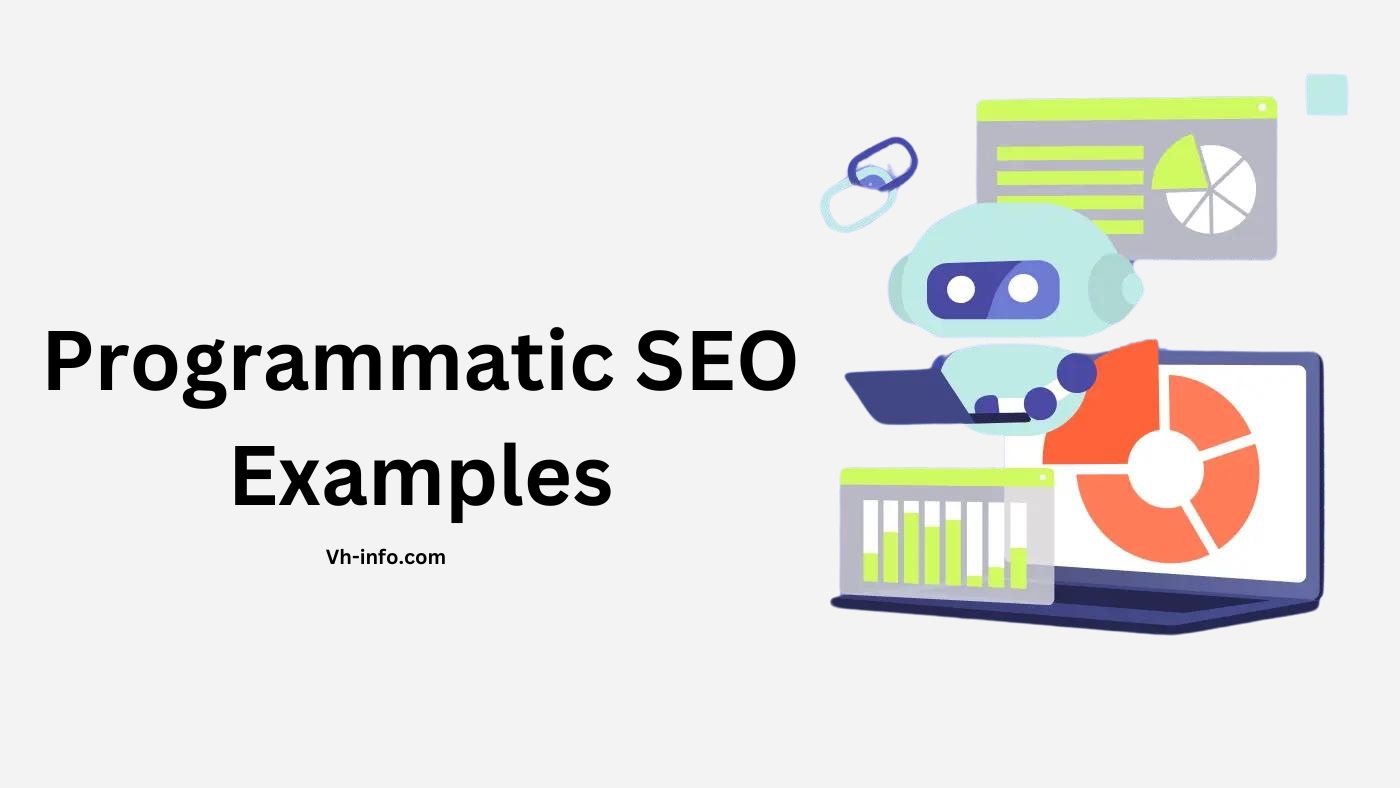
Here are some real-world examples of businesses successfully using programmatic SEO:
- Amazon: Amazon creates unique product pages for each item in its vast inventory, targeting specific keywords related to the product name, category, and attributes. This allows them to rank for a wide range of long-tail keywords and attract targeted traffic.
- News Portals: News websites often use programmatic SEO to create pages for specific topics, locations, or events. By targeting relevant keywords and providing unique content, they can attract organic traffic from users searching for particular news stories.
- Real Estate Websites: Real estate websites like Zillow and Trulia use programmatic SEO to create pages for individual properties, neighborhoods, and cities. Optimizing for location-specific keywords and by providing detailed property information, they can attract potential buyers and renters.
What is the Ideal Frequency For Reviewing Programmatic SEO Performance?
Regularly monitoring and reviewing your programmatic SEO performance is important for success. We recommend:
- Weekly checks: Monitor your search engine rankings, organic traffic, and user engagement metrics to identify any sudden changes or issues.
- Monthly reviews: Conduct a more in-depth analysis of your programmatic SEO performance, looking for trends, opportunities, and areas for improvement.
- Quarterly adjustments: Based on your monthly reviews, make necessary adjustments to your strategy, such as updating content, optimizing templates, or targeting new keywords.
Why is Programmatic SEO Getting More Popular?

Programmatic SEO is gaining popularity due to its ability to drive targeted organic traffic at scale. As competition in the digital space intensifies, businesses are looking for efficient ways to reach their target audience and improve their search engine rankings.
Programmatic SEO provides a cost-effective solution by automating the creation of optimized content for specific keywords and search queries, ultimately increasing organic search traffic with high-quality content on a large scale.
FAQ’s:
Can Programmatic SEO be Applied to any Industry?
Yes, programmatic SEO can be applied to any industry that has a large inventory of products, services, or content. However, it is particularly effective for e-commerce, travel, real estate, and content-rich websites.
What is the Difference Between Programmatic and Editorial SEO?
Programmatic SEO focuses on creating a large number of pages using automated tools and templates, targeting specific keywords. Editorial SEO involves manually creating high-quality, in-depth content pieces that target broader topics and keywords.
How Can Programmatic SEO Improve a Website’s Search Engine Rankings?
Programmatic SEO can improve a website’s search engine rankings by targeting specific, low-competition keywords and creating unique, optimized content at scale. This helps attract relevant organic traffic and signals to search engines that the website is a valuable resource for those particular topics.
Conclusion
Programmatic SEO is a powerful strategy for businesses looking to drive organic traffic and improve their search engine rankings.
By targeting specific keywords, creating unique content at scale, and providing a great user experience, businesses can attract relevant visitors and establish themselves as authorities in their industries.
At VH-info, we specialize in helping SaaS companies implement effective programmatic SEO strategies. Our team of experts can guide you through the process, from keyword research and content creation to technical optimization and performance monitoring.
By partnering with VH-info, you can unlock the full potential of programmatic SEO and take your online visibility to new heights.

